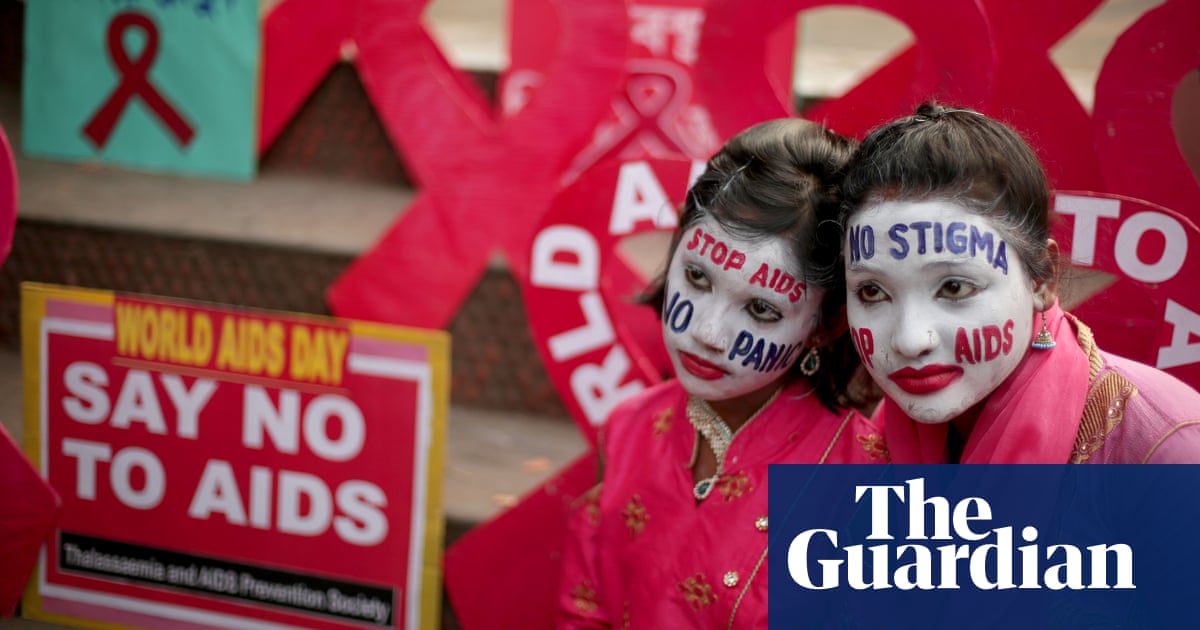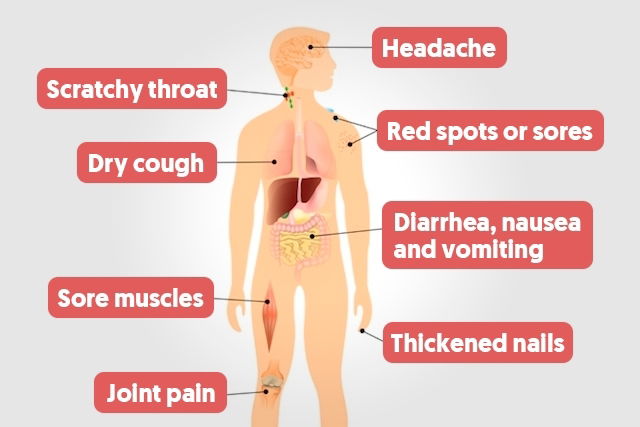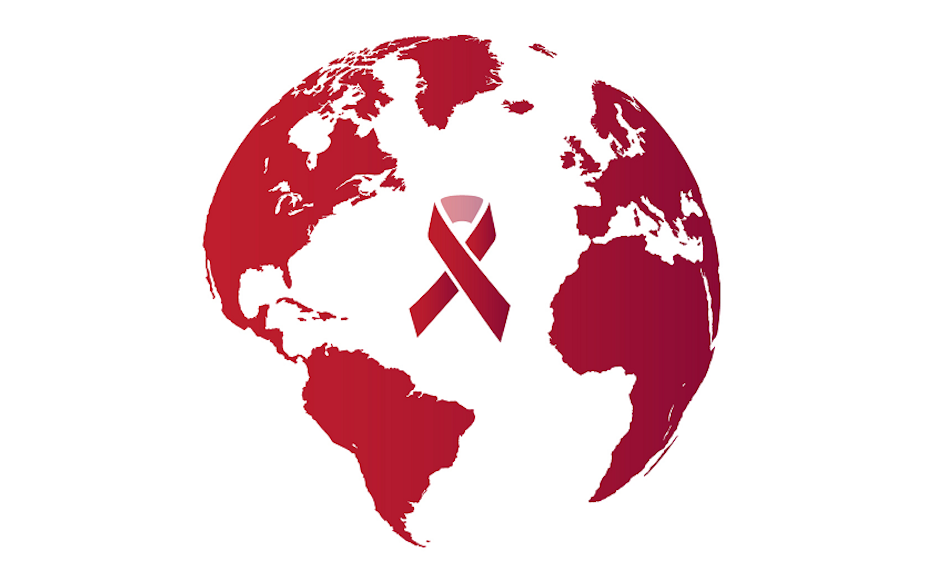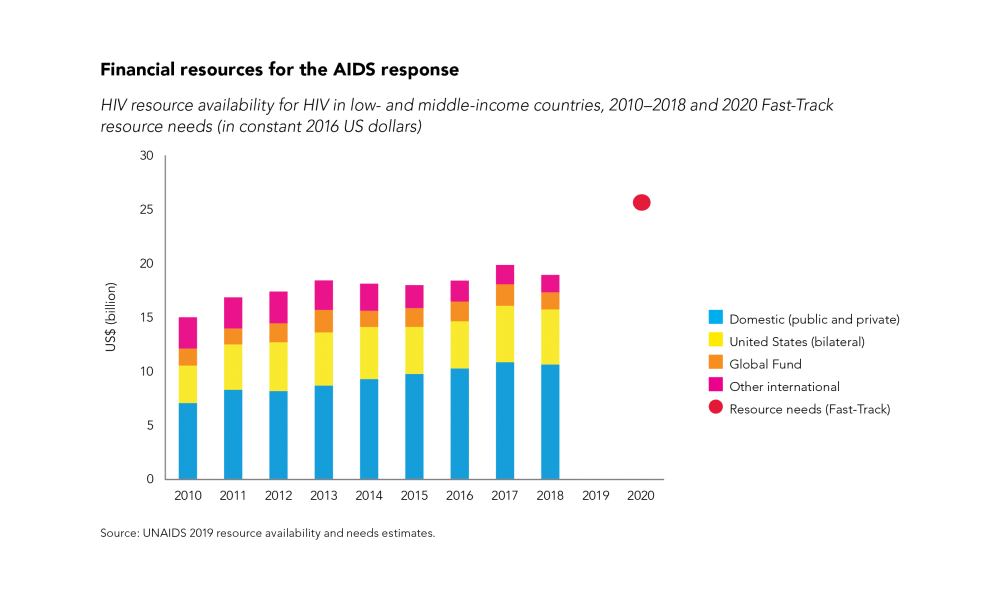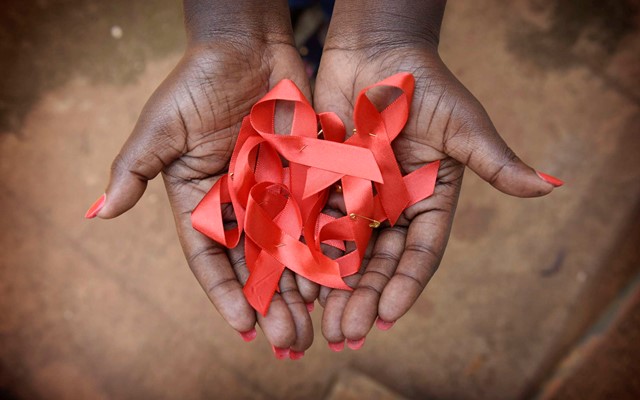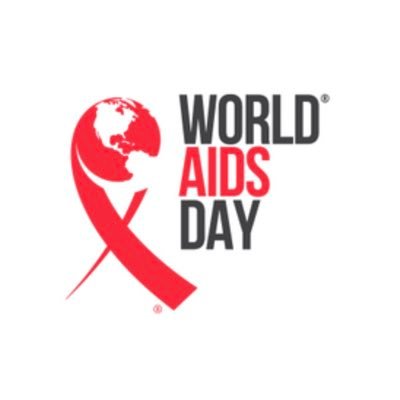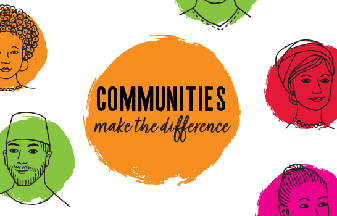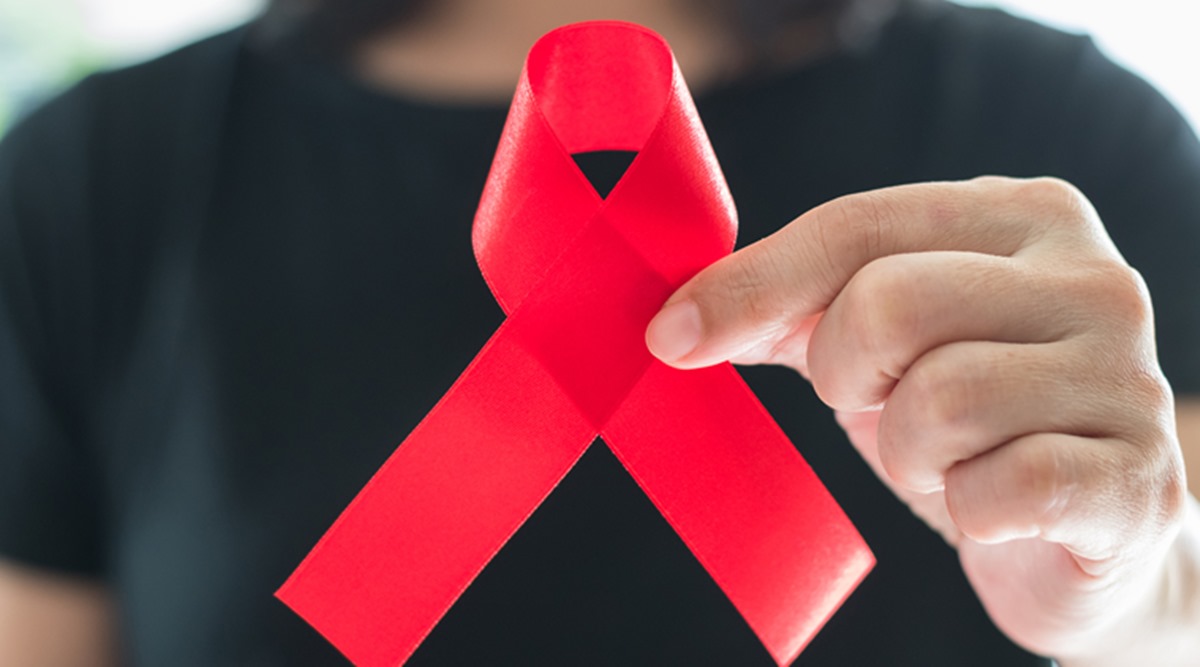Aid

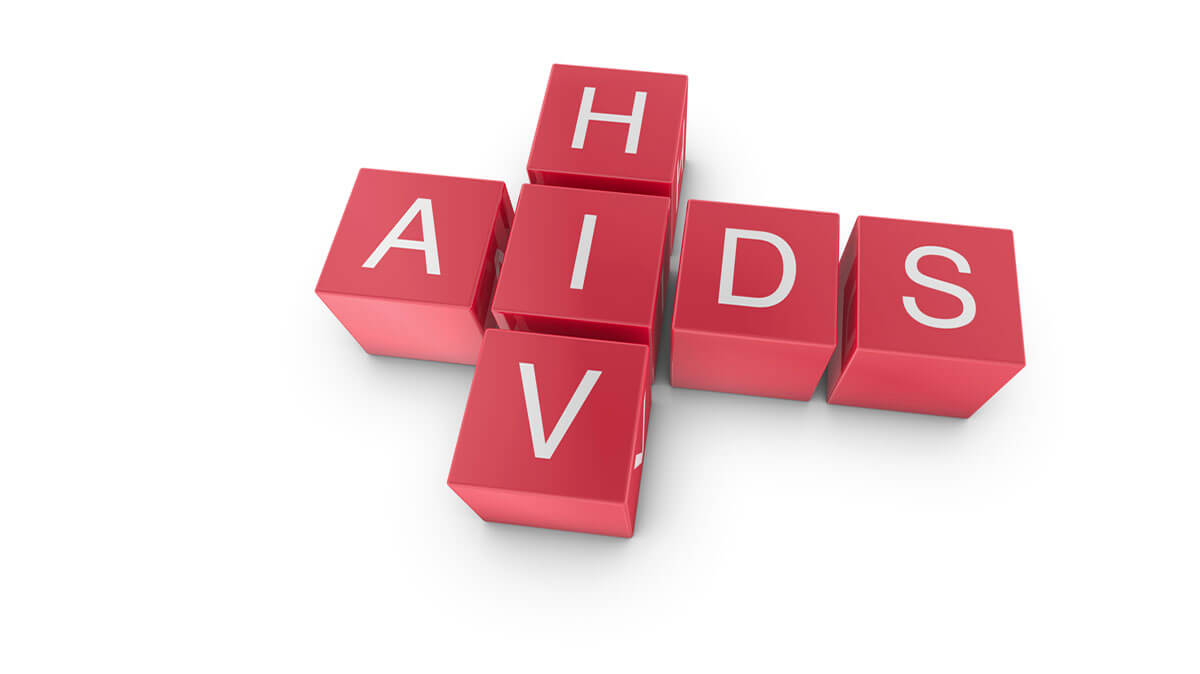
Your risk of HIV increases if you have multiple sexual partners. Studies have shown that certain types of HPV can contribute to the development of and. Many STIs produce open sores on your genitals. Histoplasmosis can also become progressive and widespread, affecting organs outside the respiratory system. Sharing contaminated IV drug paraphernalia needles and syringes puts you at high risk of HIV and other infectious diseases, such as hepatitis. In 2019, people died from AIDS-related diseases. Centers for Disease Control and Prevention Also in• You can have an HIV infection, with few or no symptoms, for years before it turns into AIDS. People with HIV often have a near-normal lifespan with early treatment with antiretroviral therapy. lamivudine and zidovudine Combivir• During pregnancy or delivery or through breast-feeding. American hospitals and blood banks now screen the blood supply for HIV antibodies, so this risk is very small. Other common symptoms include chronic diarrhea and nerve problems. You will be subject to the destination website's privacy policy when you follow the link. abacavir Ziagen• Women who are treated with antiretroviral therapy are at very low risk for transmitting HIV to their baby during pregnancy and delivery. Needle exchange and addiction recovery programs can help reduce the prevalence of HIV. The scientists used a molecular-level technique in their. The bacteria that cause this infection is found in water, dust, soil and bird droppings. Those are some of the conclusions in two comprehensive reports released today by researchers at the University of Arizona and the University of Cambridge in England. This includes limiting the number of sexual partners you have and using latex condoms every time you have sex. When Salmonella bacteria enter the body — also usually via contaminated food or water — they can circulate and overpower the immune system, causing nausea, diarrhea, and vomiting. Early symptoms of HIV may include:• With the consistent use of this antiretroviral therapy, chronic HIV can last for decades and will likely not develop into AIDS, if treatment was started early enough. If you're living with HIV, taking HIV medication can keep your partner from becoming infected with the virus. hugging• Primary care of the HIV-infected adult. Tuberculosis can spread to the brain and other organs. Doctors refer to these infections as opportunistic. People who have another STD. That treatment must be tailored to the individual needs of the person. Herpes results from infection with the herpes simplex virus HSV. Rapid weight loss• Wasting syndrome occurs when a person involuntarily loses of their muscle mass through diarrhea, weakness, or a fever. In 2019, about people worldwide were living with HIV. If a person has undetectable levels of HIV, the virus cannot transmit to another person. As experts such as the observe, HIV has become a manageable condition, and many people with HIV have long, healthy lives. Flu-like symptoms can include:• Through contact with the blood of a person with HIV• Causes HIV is caused by a virus. Sharing needles and other drug equipment can expose a person to HIV and other viruses, such as. Preventing complications Prevention is key to extending the life of a person with late-stage HIV. night sweats• Bacteria can infect the lungs, which may lead to problems ranging from a mild cough to severe pneumonia. The names HIV and AIDS can be confusing because both terms describe the same disease. Symptoms may include fever, cough, difficulty breathing, weight loss, night sweats and fatigue. The experimental vaccine is an updated version of one used in a 2009 trial that took place in Thailand. For more information on CDC's web notification policies, see. Some pharmaceutical companies have assistance programs to help lower the cost. — The Biden administration last month signaled the change of policy at a UN Security Council meeting stating it would restore both humanitarian and economic aid to the Palestinians. Since then he has been blamed by some as a primary source for the spread of HIV in North America. vaginal and rectal fluids• Some people have flu-like symptoms within 2 to 4 weeks after infection called acute HIV infection. HIV targets and infiltrates CD4 cells, using them to create more copies of the virus. Symptoms include mental deterioration, vision loss, speech disturbances, inability to coordinate movements, paralysis and ultimately coma. Profound, unexplained fatigue• presence of other infections• Prolonged swelling of the lymph glands in the armpits, groin, or neck• Generally, an HIV rash appears as multiple small red lesions that are flat and raised. HIV-associated nephropathy HIVAN is an inflammation of the tiny filters in your kidneys that remove excess fluid and wastes from your blood and pass them to your urine. It most often affects black or Hispanic people. Muscle aches and joint pain• Untreated, HIV typically turns into AIDS in about 8 to 10 years. In their , the Preventive Services Task Force advise that doctors only recommend PrEP to people with recent negative HIV tests. The only way to know for sure whether you have HIV is to. If any side effect is hard to manage, contact a healthcare provider. It can affect the entire body, but most commonly occurs in the mouth, called thrush, or vagina. It can cause warts on the anus, cervix, esophagus, penis, urethra, vagina and vulva. Someone who tests negative during the window might benefit from. Use the to find an HIV testing site near you. Weight loss• This virus is present in many people, and it usually lies dormant in the kidneys. But if you receive treatment during pregnancy, you can significantly cut your baby's risk. The government has given millions of dollars in economic aid to these nations. By sharing drug needles• PEP must be started within 72 hours after a possible exposure to HIV. Vision loss• If you are HIV-positive, a health care provider will diagnose if your HIV has progressed to stage 3 AIDS based on certain medical. People have a large amount of HIV in their blood. If they have a positive result, they should follow up with their healthcare provider to confirm. Resistance means the drug no longer works to treat the virus. They will retest the blood before confirming a positive result. The McGraw-Hill Companies; 2018. This progression can be slowed substantially with treatment. Any medical information published on this website is not intended as a substitute for informed medical advice and you should not take any action before consulting with a healthcare professional. Stage 2: Clinical Latency In this stage, the virus still multiplies, but at very low levels. These affect the lymph nodes and lymphoid tissues. Consider seeking help for your drug use. By taking medications exactly as prescribed, people living with HIV can keep their viral load low and their immune system strong. Scientists first discovered HIV in a human blood sample in 1959. Surround themselves with loved ones. It also helps reduce the risk of transmitting HIV to others. Oxford University Press; 2019. They advise people who take PrEP to do so once a day. To access the menus on this page please perform the following steps. They can recommend a drug that is easier to tolerate and suggest other changes to the treatment plan. Headache• However, in a person with HIV, especially if it is in the later stages, these infections can spread throughout the body and cause life threatening health issues. Human immunodeficiency virus HIV infection: Wasting syndrome. A tumor of the blood vessel walls, Kaposi's sarcoma usually appears as pink, red or purple lesions on the skin and mouth. It is usually found in soil contaminated with bird droppings and must be inhaled to cause infection. A vaccine for this bacterium is available, and everyone with HIV should receive it. histoplasmosis• touching the saliva, tears, feces, or urine of a person with HIV Data suggest that HIV-positive people in the U. However, women, and those with a vagina, may be less likely than men to notice small spots or other changes to their genitals. Several different can be used to diagnose HIV. headache• Fever• The immune system becomes deficient and does not work properly. HIV can transmit when body fluids containing the virus come into contact with a permeable barrier in the body or small breaks in moist tissues of areas such as the genitals. In resource-limited nations, TB is the most common opportunistic infection associated with HIV. These antiretroviral medications are grouped into six classes:• A person takes PEP for 28 days, and a doctor monitors the person for HIV afterward. This point is a count of 200 or higher. Often, there are no symptoms during this stage. It can also be spread by contact with infected blood or from mother to child during pregnancy, childbirth or breast-feeding. Rash is often one of the first symptoms of an HIV infection. Stage 2: Chronic HIV Infection• And during that time, they need to use condoms or other barrier methods to prevent possibly spreading HIV. In: Harrison's Principles of Internal Medicine. HIV-related encephalopathy• night sweats• Muscle aches• With antiretroviral therapy throughout pregnancy and avoidance of breastfeeding, the risk is less than. Getting tested for HIV• in the United States are living with HIV. Blood testing will help determine if the regimen is working to keep the viral load down and the CD4 count up. Possible symptoms include• Options besides formula include. If using a lubricant, make sure it's water-based. chronic intestinal isosporiasis• Getting and keeping an undetectable viral load is the best thing you can do to stay healthy. While a person with no symptoms may be unlikely to seek care, there is still a high risk of transmission. CCR5 antagonists, also known as entry inhibitors• chronic fatigue• Without treatment, the infection might progress to an advanced stage called AIDS. Today, life expectancy is if antiretroviral therapy is started soon after contracting HIV. Once infected by TB, most people remain healthy and develop only latent infection. They also hope their work will lead to better treatments for contagious diseases, in particular for HIV. These organisms attack when there's an opportunity to infect. Expert review of the cases suggested that the disease likely was acquired through sexual contact and that it appeared to be associated with immune dysfunction caused by exposure to some factor that predisposed the affected individuals to opportunistic infection. avoiding foods with a high risk of contamination, such as undercooked eggs and meat, unpasteurized dairy and fruit juices, and raw seed sprouts• Aide: How to Choose the Right Word. , including the response from activists and from political and medical establishments. This exposes them to droplets of other people's blood. The coronavirus COVID-19 pandemic has made it more difficult for some people to access traditional places where HIV testing is provided. limiting exposure to these factors, such as by wearing gloves while changing cat litter• It is most common in soil contaminated by bird droppings. These tests check the blood for antibodies and antigens. If you test negative, there are more HIV available today than ever before. If side effects are severe, the medications can be adjusted. Current treatment is often effective enough to keep many infections at bay. semen• It can lead to severe abdominal cramps and chronic, watery diarrhea. PrEP is daily medicine that can reduce this risk. Also included is information about campaigns related to the prevention and diagnosis of hepatitis B and C. contact between broken skin, wounds, or mucous membranes and the blood of someone living with HIV HIV does NOT transfer through:• Chills• Weight loss Many opportunistic infections associated with AIDS cause serious illness. Infected cats pass the parasites in their stools, which may then spread to other animals and humans. They could consider seeing a licensed therapist who is experienced in treating people with HIV. Patients in the Los Angeles cluster study were given case numbers with a letter and numbers based on where they were from and when they were identified as having HIV. Infected mothers can pass the virus on to their babies. HIV transmits through some body fluids, such as semen, vaginal secretions, and blood. It depends on the person and what stage of the disease they are in. Some people have flu-like symptoms. Recurrent Pneumonia — People with AIDS are at risk for recurrent bacterial pneumonia. AIDS. Talk to their healthcare provider about PrEP and PEP. Oral yeast infection thrush• Swollen lymph glands, mainly on the neck• The virus can enter your body through mouth sores or small tears that sometimes develop in the rectum or vagina during sexual activity. AIDS and opportunistic infections. who suspects recent HIV exposure can find their nearest testing facility. It leads to the destruction of the myelin sheath that covers nerve cells. Researchers say their studies can also help other scientists better understand how other pathogens such as Ebola and the Zika virus move through populations. By 2011, it had improved to 53 years. Doctors do not fully understand the underlying mechanisms. In people with darker skin, the lesions may look dark brown or black. Progressive Multifocal Leukoencephalopathy PML — Progressive multifocal leukoencephalopathy is a rare disorder of the nervous system caused by a common human polyomavirus, JC virus. Timing is important when testing for HIV. Swollen lymph nodes, and• The only way to know for sure if you have HIV is to get tested. Related health problems A person with advanced HIV or an opportunistic infection may experience complications, including:• In severe cases, it can involve the kidneys, lymph system, brain and spleen. A person concerned about their risk for HIV should:• An oral swab provides results in as little as 20 minutes. breast milk Some of the ways HIV is transferred from person to person include:• Getting tested and treated for sexually transmitted diseases STDs• Sometimes the rash will clear up on its own. Initial HIV symptoms usually resolve within a few months as the person enters the chronic, or clinical latency, stage of HIV. This may be shorter if the person develops a severe opportunistic illness. This stage is also called chronic HIV infection. Asymptomatic HIV After the symptoms of acute retroviral syndrome resolve, many people go on to experience no HIV symptoms for years. a dry cough• We know that the virus has existed in the United States since at least the mid to late 1970s. Get a Britannica Premium subscription and gain access to exclusive content. sweating, particularly at night• Currently, there are no vaccines to prevent or treat HIV. There is currently no effective cure. When HIV advances to AIDS, life expectancy without treatment is about. Only a small number of people who have HIV develop broadly neutralizing antibodies, the kind of antibodies that can respond to a range of HIV strains. The cause of the rash determines:• non-nucleoside reverse transcriptase inhibitors NNRTIs• However, antiretroviral therapy is considered safe during pregnancy. It may also be possible for the virus to transmit through breast milk. Treatment should begin as soon as possible after a diagnosis of HIV, regardless of viral load. There are many types of antiretrovirals, including: Protease inhibitors Protease is an enzyme that HIV needs in order to replicate. This condition is acquired, meaning that a person becomes infected with it. Menu• If this is negative, the test provider usually recommends having another test within a few weeks. Recurring fever or profuse night sweats• tenofovir disoproxil Viread Non-nucleoside reverse transcriptase inhibitors These drugs, called NNRTIs, also make it more difficult for HIV to replicate. However, by taking HIV medicine called antiretroviral therapy or ART , people with HIV can live long and healthy lives and to their sexual partners.。 。 。


